Racing Motorcycle Manufacturer Discovers How to Create Faster Parts with Less Effort and Cost
Hawaya Racing, Inc. recently began 3D printing some of the parts needed for the drag racing bikes they were manufacturing in their North Carolina shop. Read how they made parts over 60% lighter and 30% cheaper than the old aluminum models.
Hawaya Racing specializes in the research, development, and manufacturing of Harley-Davidson drag racing motorcycle parts and safety equipment. The company, headed by first-ever NHRA Pro Fuel Champion Johnny Vickers, also provides high-performance parts and service for street-driven Harley-Davidsons.
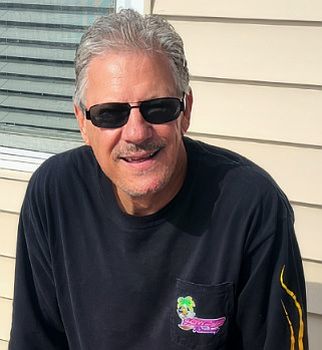
Johnny Vickers, Owner, Hawaya Racing
Its facilities include a complete in-house machine shop where racing and special parts are manufactured, including its own line of Derringer racing engines, drag racing chassis, body parts, nitro carburetors, slipper clutches, belt drive systems, fuel injection systems and drive train components.
Hawaya Racing Products (HRP) is deeply involved in the sport of Harley-Davidson drag racing. Vickers is an accomplished racer, with five national championships and many national and world records to his credit. He is currently the crew chief for pro fuel rider Sam White of White Lightning Racing.
The Challenge
In racing, the challenge is always faster, lighter and less expensive. Parts used on race bikes are usually manufactured from machined aluminum or steel, which creates strength but also adds weight.
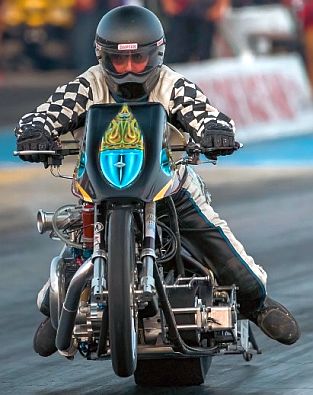
In 2010, Hawaya Racing founder Johnny Vickers started the first-ever school for nitro drag bikes. Many of today’s top nitro drag riders are graduates of this program.
Machining small, complex parts became time-consuming for Hawaya Racing -- so the company decided to explore other manufacturing options. Vickers wanted a solution that would give his team the flexibility to quickly iterate new ideas, validate parts inexpensively, improve manufacturing processes, alleviate supply chain delays and overcome manpower limitations.
The Solution
In 2022, Hawaya Racing, Inc. purchased a Markforged X7 through Phillips Corporation. The X7 was chosen for its ability to replace CNC-machined parts with highly durable composites using Continuous Fiber Reinforcement (CFR).
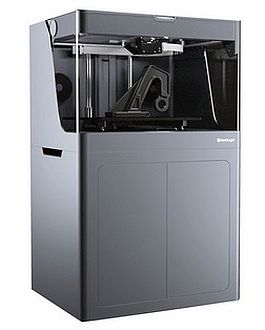
Markforged's X7 3D prints Continuous Carbon Fiber reinforced parts in hours that can be as strong as -- and capable of replacing -- machined aluminum.
"Everyone at Markforged and Phillips Corporation has been solid in supporting our efforts, helping us push the envelope in new and exciting areas. This is a game-changer in our sport!" said Johnny Vickers, Owner, Hawaya Racing.
The Digital Forge can manufacture parts that meet requirements such as flame resistance, chemical resistance and energy absorbance. It also produces parts with a high repeatability level and a near-perfect surface finish, which helps Hawaya Racing reduce product development time.
“Incorporating the X7 into our shop for functional and inexpensive prototypes, as well as high-quality, end-use parts, has helped us discover faster parts made with less effort, less costly and -- most importantly -- lighter in weight,” added Vickers.
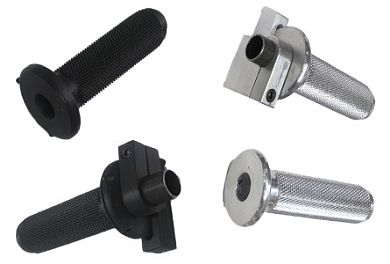
The machined aluminum throttle grips: two on a CNC Lathe and two on a CNC Mill.
One example of a product that benefits from a metal-to-CFR conversion is throttle grips, which are typically made of machined aluminum. The 3D-printed version was 62% lighter and cost 30% less to produce than the machined aluminum grips.
It was also significantly easier to produce: the aluminum throttle grips had 4 set-ups total (two each on a CNC lathe mill) and also used two stocks of raw material. The composite version, built on the X7, had no set-ups, used only one raw material -- and required no CNC machines, fixtures, tooling or operator.
In addition, producing the throttle grips on the X7 freed up the company’s machinists to focus on other high-value CNC-based projects, enabling the team to increase its throughput.
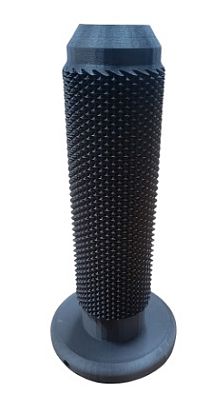
The Markforged Onyx® throttle grip: No set-ups, one material, no CNC finishing.
"The Markforged X7™ has made it possible for us to take our competitive advantage a notch higher due to our focus on lowering manufacturing costs, reducing part weight and providing quick turnaround times to market," concluded Vickers.
The Future
In the racing industry, flexibility and time savings are enormous advantages. Hawaya Racing has been steadily utilizing the X7 to experiment with new concepts to extend its competitive advantage. Vickers and the Hawaya team run prints on their X7 through day and night -- it's working even when they aren’t in the shop. This technology fuels their quest to beat the competition in nitro Harley drag racing.
Want more information? Click below.
Rate this article
View our terms of use and privacy policy